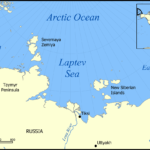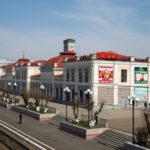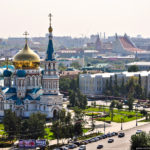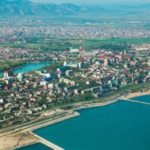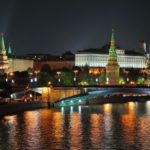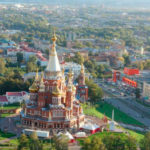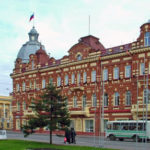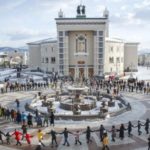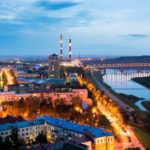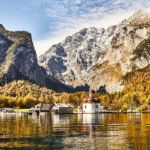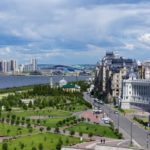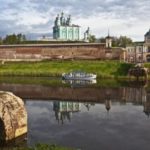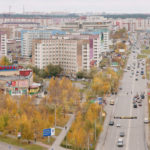Interesting facts about Irkutsk
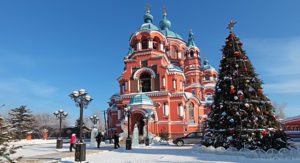 Irkutsk is one of the largest Siberian cities. In summer it is very hot here, but in winter, the frosty frosts take revenge, freezing everything around. Visiting Irkutsk climate may seem too harsh, but nevertheless this city remains very attractive for life and work due to the fact that there are many important industrial enterprises here.
Irkutsk is one of the largest Siberian cities. In summer it is very hot here, but in winter, the frosty frosts take revenge, freezing everything around. Visiting Irkutsk climate may seem too harsh, but nevertheless this city remains very attractive for life and work due to the fact that there are many important industrial enterprises here.
Irkutsk is one of the oldest cities in Russia, which was founded in 1661 as a fortress to protect against enemy raids.
Before the revolution, Irkutsk was often called “Siberian Athens”, “Eastern Paris” and “Petersburg of Siberia”.
In 1879 in Irkutsk a major fire took place, which killed 11 people and deprived thousands of townspeople of their homes. The fire destroyed the archives of the province, more than 10 thousand books and museum exhibits.
Initially, the Trans-Siberian Railway was supposed to be laid along a shorter route to the north of Baikal, but Irkutsk was lucky, and in 1898 the first train arrived there.
Irkutsk is the antipode of the city of Punta Arenas in Chile, that is, these cities are located at diametrically opposite points of the globe.
Although Irkutsk is located in a seismically active zone, for the entire history of the city, no one died from earthquakes.
The coat of arms of Irkutsk depicts a black “babru” – an Amur tiger with a sable in his mouth.
Irkutskenergo is the largest energy company in Russia.
In this city you can visit the unique museum located on board the steamboat-icebreaker “Angara” – one of the oldest such ships, preserved in the world.
Another unusual museum dedicated to the history of the Irkutsk prison castle is located in the historical building of the pre-trial detention facility No1. The institution was founded over 210 years ago.
In Irkutsk, the action of the novel by Jules Verne “Mikhail Strogov” unfolds. The first poem about the city was written at the beginning of the XIX century.
The only building left from the original prison of Irkutsk is the Church of the Savior. The rest of the Kremlin was dismantled at the end of the 18th century.
Many residents of Irkutsk consider it to be the geographical center of Russia.
This city has long been a place of exile for political criminals. In particular, the participants of the Decembrist Rebellion were deported there, after which a museum was subsequently opened here.
The majority of tourists come to Irkutsk to see Baikal – the deepest lake of planet Earth with unique flora and fauna.
Trams appeared in Irkutsk shortly after the war, and for a long time this type of transport was free.
In 1946, the city was asphalted by the Russian street – it became the first city road with a modern covering. However, completely to hide the Irkutsk streets under asphalt it was not possible till now.
In 2018, the Irkutsk State University will be 200 years old.
In Irkutsk and the adjacent region there are over 1000 monuments of architecture, culture and history.
For 7 years before the beginning of the 20th century, the first cyclodrome, that is, a track for biking, was opened here. By this time in the city there were already over a hundred two-wheeled vehicles.
In the train, which is suitable for Irkutsk, the famous ballet dancer Rudolf Nuriev was born.
In 1863 the first store of goods from China was opened in Irkutsk.
In 1869, the city opened the first institution for children aged 4 to 8 years called “Kindergarten”.

